I’ve stepped off the small prop plane and felt for the first time how warm Phuket’s air is — like a soft, humid welcome. As a travel explorer always hunting for stories off the beaten path, I couldn’t wait to begin my Thailand travel adventure here in Phuket. Over ten sun-soaked days, I mapped out more than the headline attractions: I went deep into local neighborhoods, joined small-group tours, sampled hidden-alley street food, and chased coastal views long after the crowds had left. What follows is my narrative—and your practical playbook—for experiencing Thailand Travel at its most compelling.
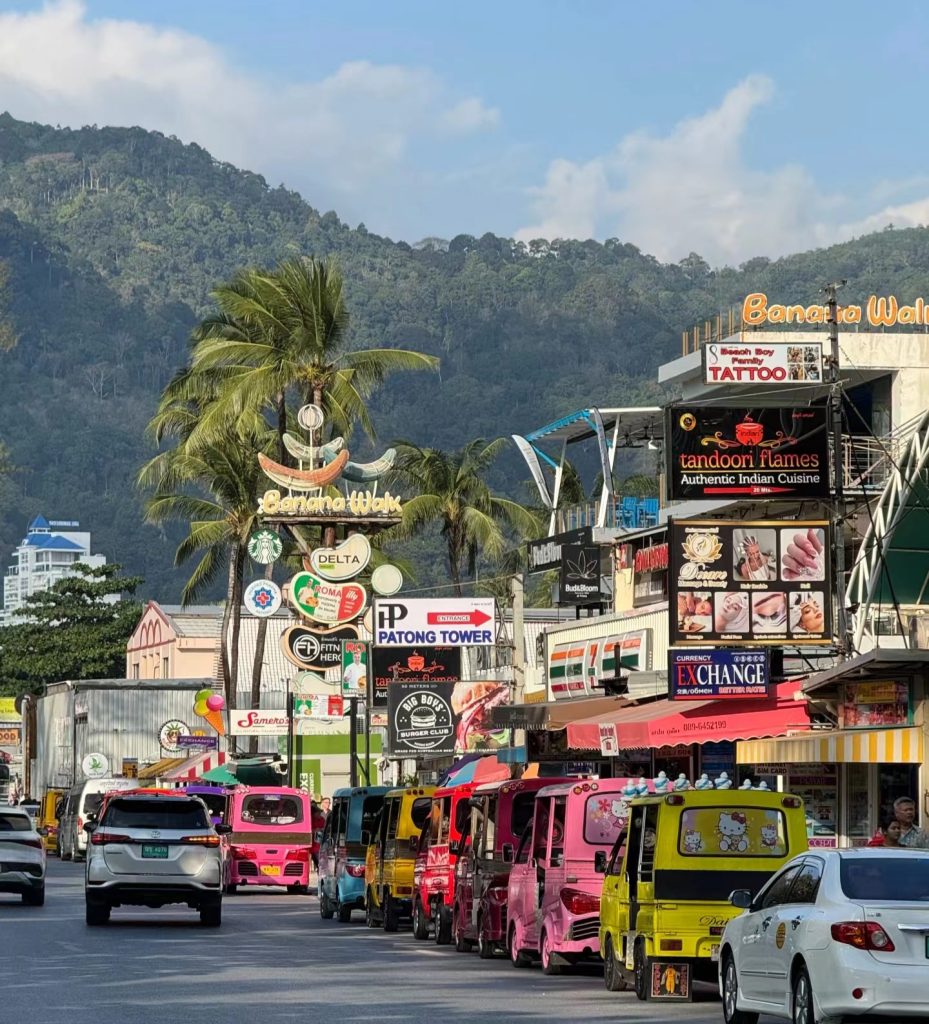
Arrival & First Impressions
Phuket is accessible via a modern international airport just south of Phuket Town. Many visitors arrive from Bangkok or via direct regional flights. From the airport, I grabbed a private transfer (prebooked) instead of relying on haggled taxis. That eased me into island life in comfort.
On my first afternoon, I strolled through Phuket Old Town—a surprising contrast to the beaches. The streets are lined with Sino-Portuguese shophouses, colorful murals, and sidewalk cafés that serve strong Thai coffee and freshly baked roti. I stopped at One Chun, a local restaurant near the old town, to try their signature crab curry and chat with locals.
This first walk gave me a sense of how Phuket isn’t just a beach resort island—it is also deeply cultural, with a living history beyond sun loungers.
Itinerary Snapshot & Tours I Recommend
If I were designing your ideal Phuket tours & things to do itinerary, this is the skeleton I’d follow:
D1: Local flavor + acclimatization | Old Town walking, local food, night market |
D2: East coast & hidden beaches | Cape Panwa, quiet coves, snorkeling |
D3: Phi Phi / Phi Islands day tour | Speedboat or ferry tour, snorkeling, Maya Bay |
D4: Inland nature | Khao Phra Thaeo National Park, waterfalls, jungle hike |
D5: Iconic west coast beaches | Kata, Karon, Patong (for nightlife) |
D6: Scenic viewpoints + cultural sites | Big Buddha, Wat Chalong, sunset lookout |
D7: Offbeat explorations | Boat ride through mangroves, local fishing village visit |
Some of my most memorable things to do were in small-group tours. One morning, I joined a kayak + sea cave tour through Phang Nga Bay, slipping quietly through limestone cliffs and hidden lagoons. Another day I booked a boat to the Phi Phi Islands and snorkeled over coral reefs alive with tropical fish.
I also did a half-day bicycle tour through rural backroads inland, through rubber plantations, small farms, and local villages. That allowed me to see everyday life in Phuket beyond its beaches.
Beaches, Hidden Coves & Coastal Secrets
Phuket is famous for its beaches—and for good reason—but the real magic is in discovering lesser-known shores.
∙ Kata & Kata Noi offer a perfect balance: enough infrastructure (cafés, sunbeds) but still room to spread out during mid-day.
∙ Karon Beach is long and less crowded than Patong, making it ideal for couples or quieter beach days.
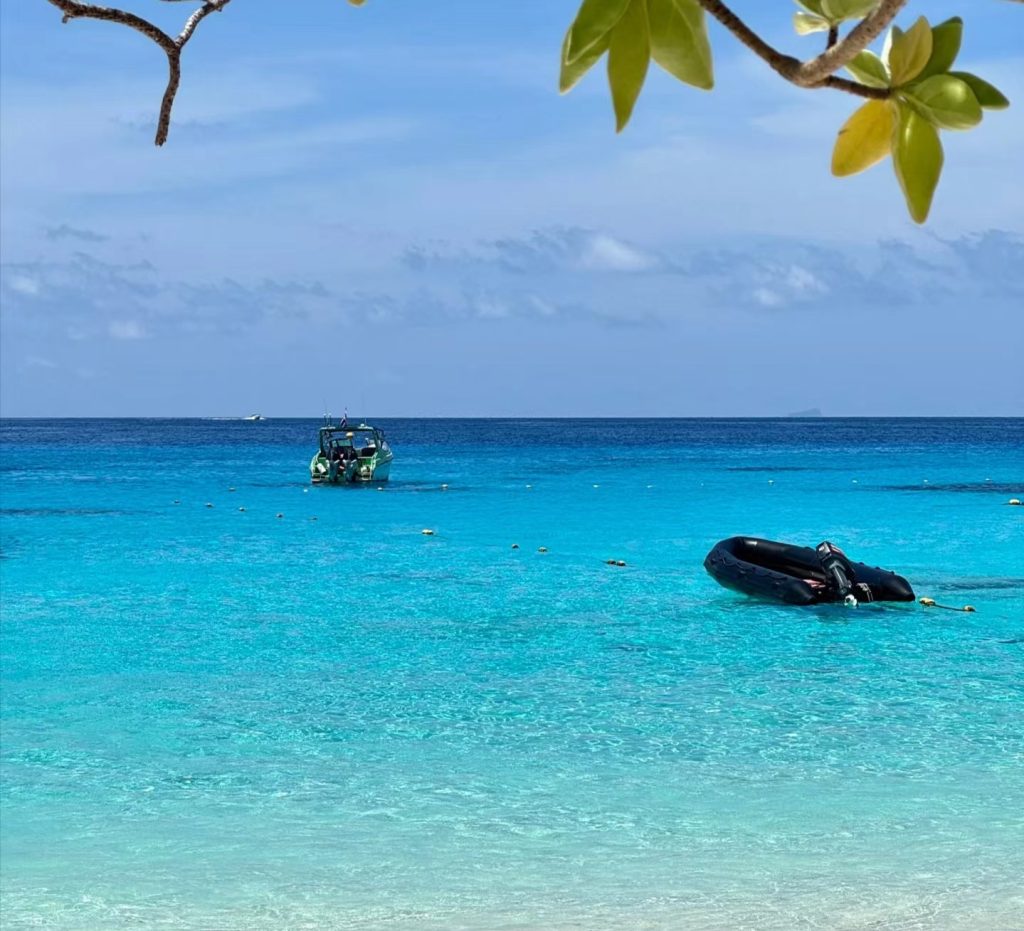
∙ Kamala Beach is about 8 km north of Patong and retains a gentle vibe, especially early or late in the day.
∙ On the quieter eastern side, Cape Panwa yields dramatic seaside panoramas and a calm alternative to the west coast bustle. I watched sunset from a secluded bluff there.
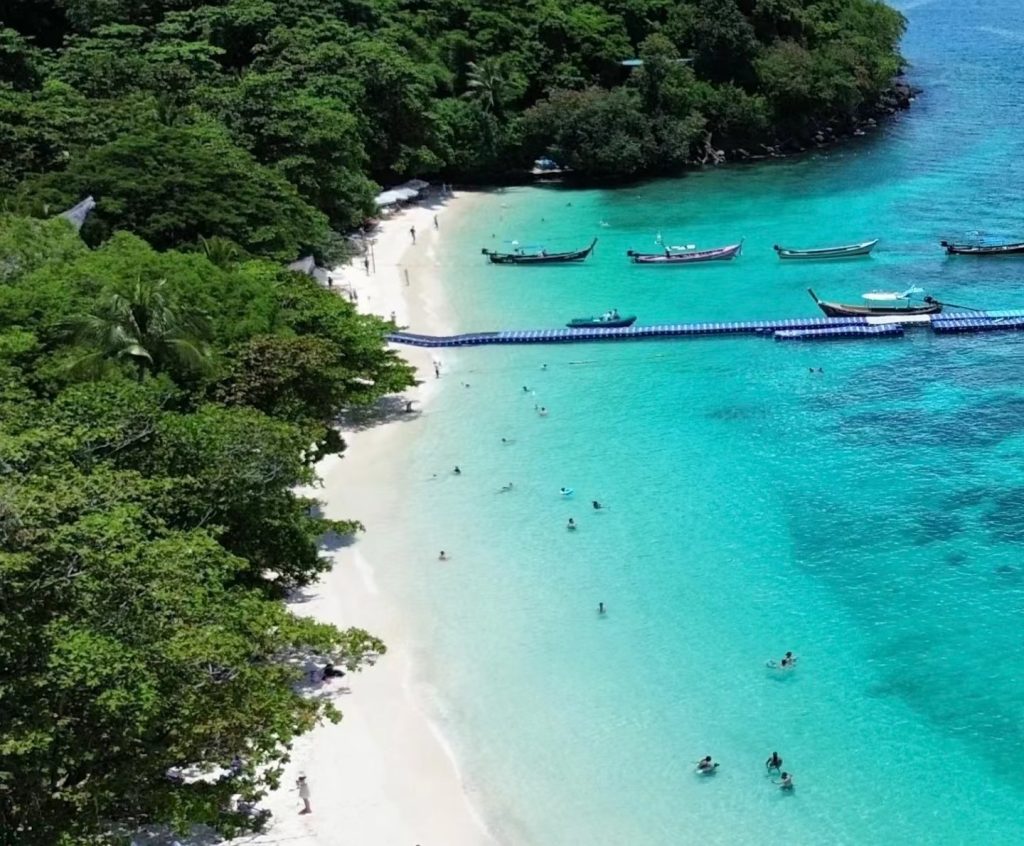
∙ One sunrise I made my way to a tucked-away cove reachable only by a short hike—no restaurants, just me, waves, and silence.
When choosing beach days, I paid attention to tide charts and visited during early or late hours to avoid peak crowds. That approach turned even well-known stretches into more peaceful escapes.
Culture & Spiritual Highlights
No journey is complete without cultural immersion. One afternoon I climbed up to the Big Buddha, a towering white statue overlooking the island, giving me a sweeping 360° panorama of Phuket’s coastline and forested hills.
Nearby, Wat Chalong (Chalong Temple) is Phuket’s largest and most revered temple complex. I walked through incense-laced halls, observed monks in saffron robes, and learned about local Buddhist practices. It is respectful to dress modestly (cover shoulders, knees) when visiting such sites.
I also explored the island’s small museums and local markets, where I sampled tropical fruits, local sweets, and chatted (with a mix of smiles and broken Thai) with vendors. These interactions often gave me the best story leads: “Where is your home village?” “How long have you lived here?” “What did you eat as a child?”
Food & Local Eats I Fell For
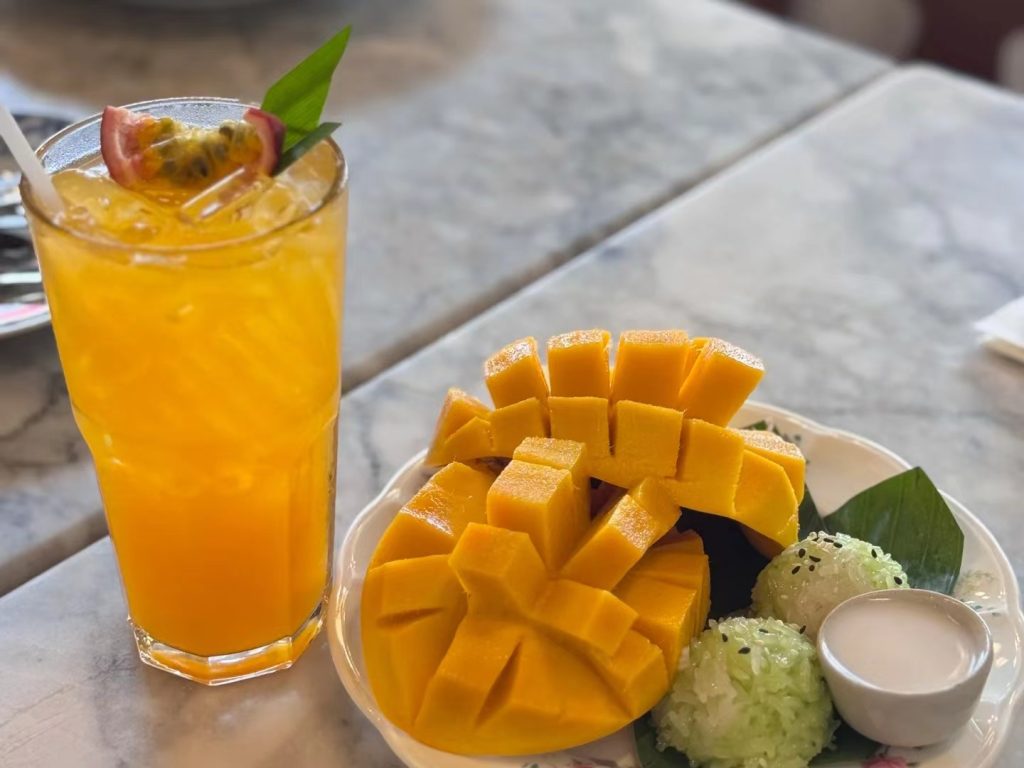
Thailand travel is inseparable from food travel. My palate was delighted almost every day.
∙ Street stalls in Phuket Old Town whispered aromatic grilled satay, spicy som tam (papaya salad), and bowls of rice noodle soup.
∙ I tried a local specialty: massaman curry made with peanuts and coconut milk, where the curry had a richer, nutty depth than in Bangkok.
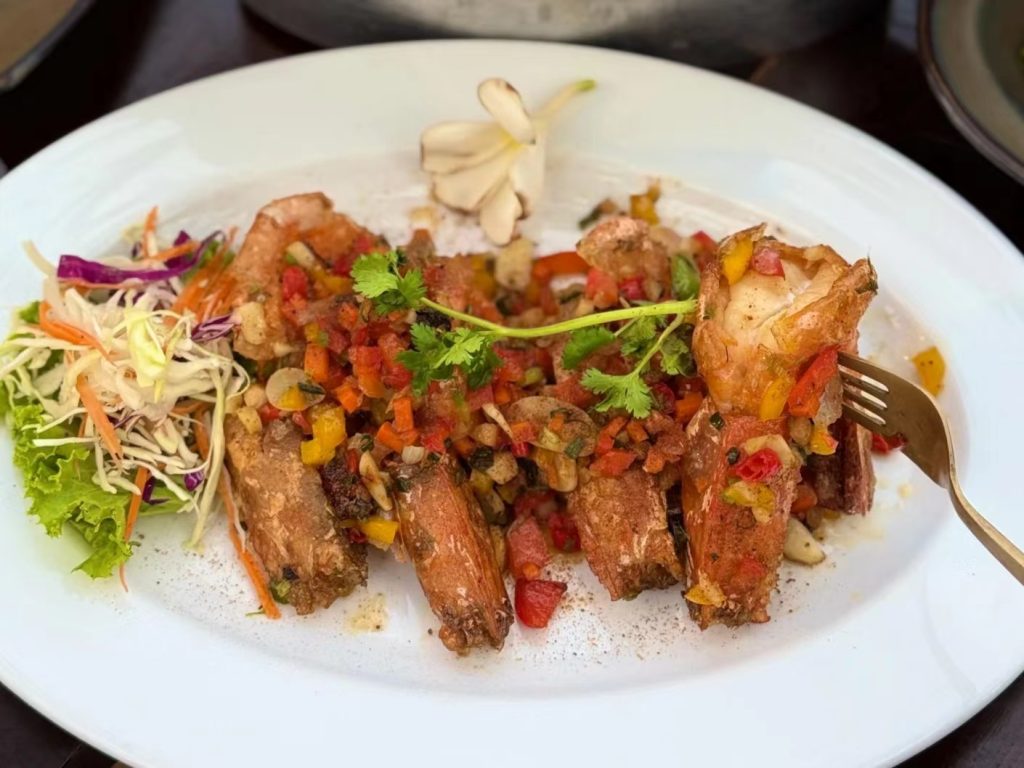
∙ I discovered neighborhood food alleys stuffed with locals, where I’d follow the scent of smoky fish or roast pork and sit next to Thai diners.
∙ One evening I joined a small-group food tour that took me into local homes to sample family-style dishes—each bite was a discovery.
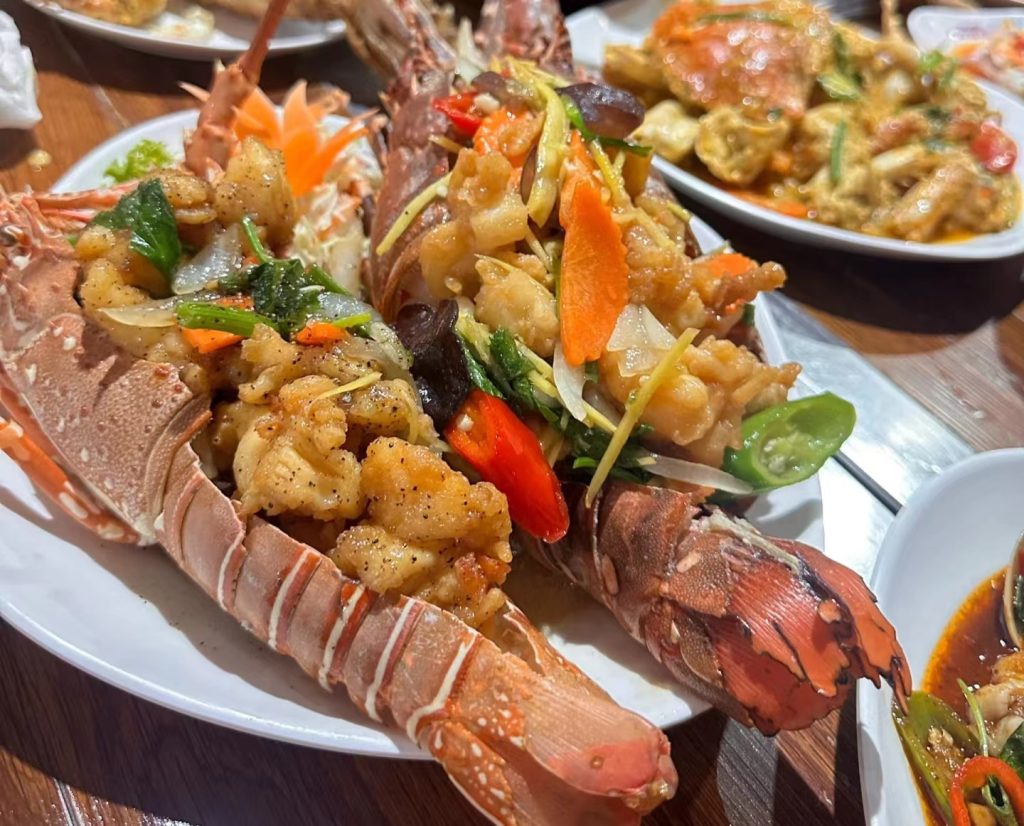
∙ Café culture is strong in Phuket Old Town: colonial buildings house artisanal coffee shops, some serving fusion Thai-French bakeries.
Throughout, I prioritized meals at places locals frequent—or that had modest façades but overflowing tables. It’s a great heuristic for authenticity.
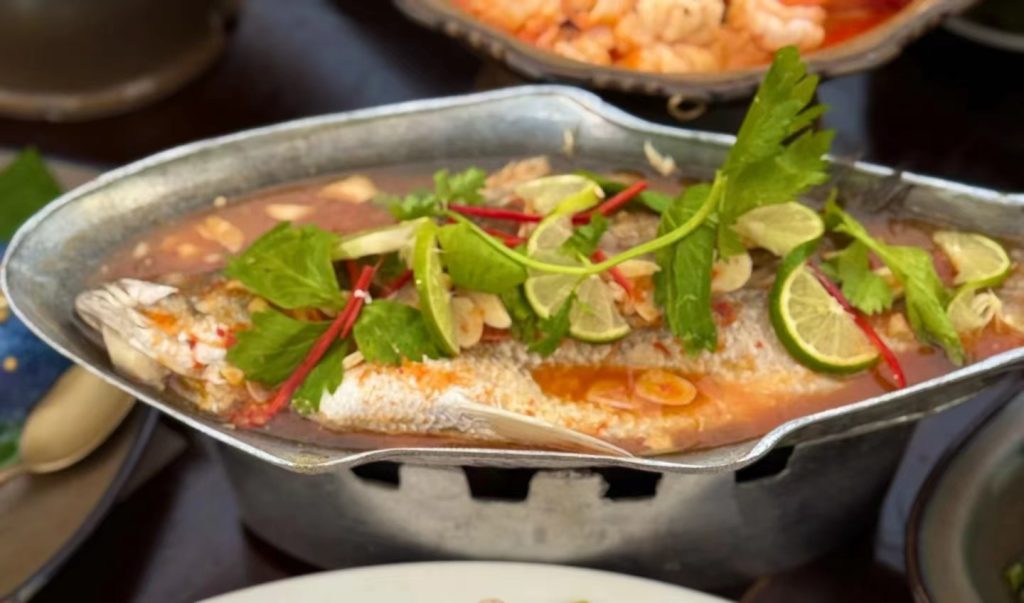
Practical Tips & Safety Notes
∙ Best time to visit: November through March is dry and cool—ideal beach season.
∙ Transportation: I avoided riding scooters even though tempting. In busy zones I used metered taxis or ride-apps. Phuket traffic can be unpredictable.
∙ Safety: Phuket is generally safe, but petty theft and scams (especially around taxis, tuk-tuks, or jet ski rentals) warrant vigilance. ([Passports and Grub][5])
∙ Respect local culture: Dress modestly when entering temples; avoid loud behavior in rural or residential zones.
∙ Stay hydrated and sun smart: Tropical sun is intense. I carried sunscreen, a hat, and a portable water filter.
∙ Book tours wisely: Go for smaller operators (4–12 people), check reviews, ensure environmental respect.
∙ Connectivity: Local SIM cards are easy; I got one at the airport.
∙ Backup flexibility: I left buffer time in the schedule—rainstorms can occasionally close boat services.
Why Phuket Belongs on Your Bucket List
When I reflect on my Thailand travel through this island, I realize Phuket’s magic lies in its contrasts: wild landscapes and serene beaches, vibrant markets and calm temples, polished resorts and rugged shores. The best tours I took weren’t just about “see this, photograph that” — they were opportunities to connect—with nature, with locals, with unexpected turns in the road.
If you approach Phuket merely as a beach destination, you’ll see one facet. But lean in, linger beyond the shoreline, and let curiosity lead you—and you’ll discover hidden temples, culinary delights in alleys, secluded coves, and heart-opening views you can’t find in brochures.
Whether you’re booking a full Phuket tour package or designing your own trip, make sure you build in time to deviate from the plan. The moments I didn’t schedule became my favorite memories.
